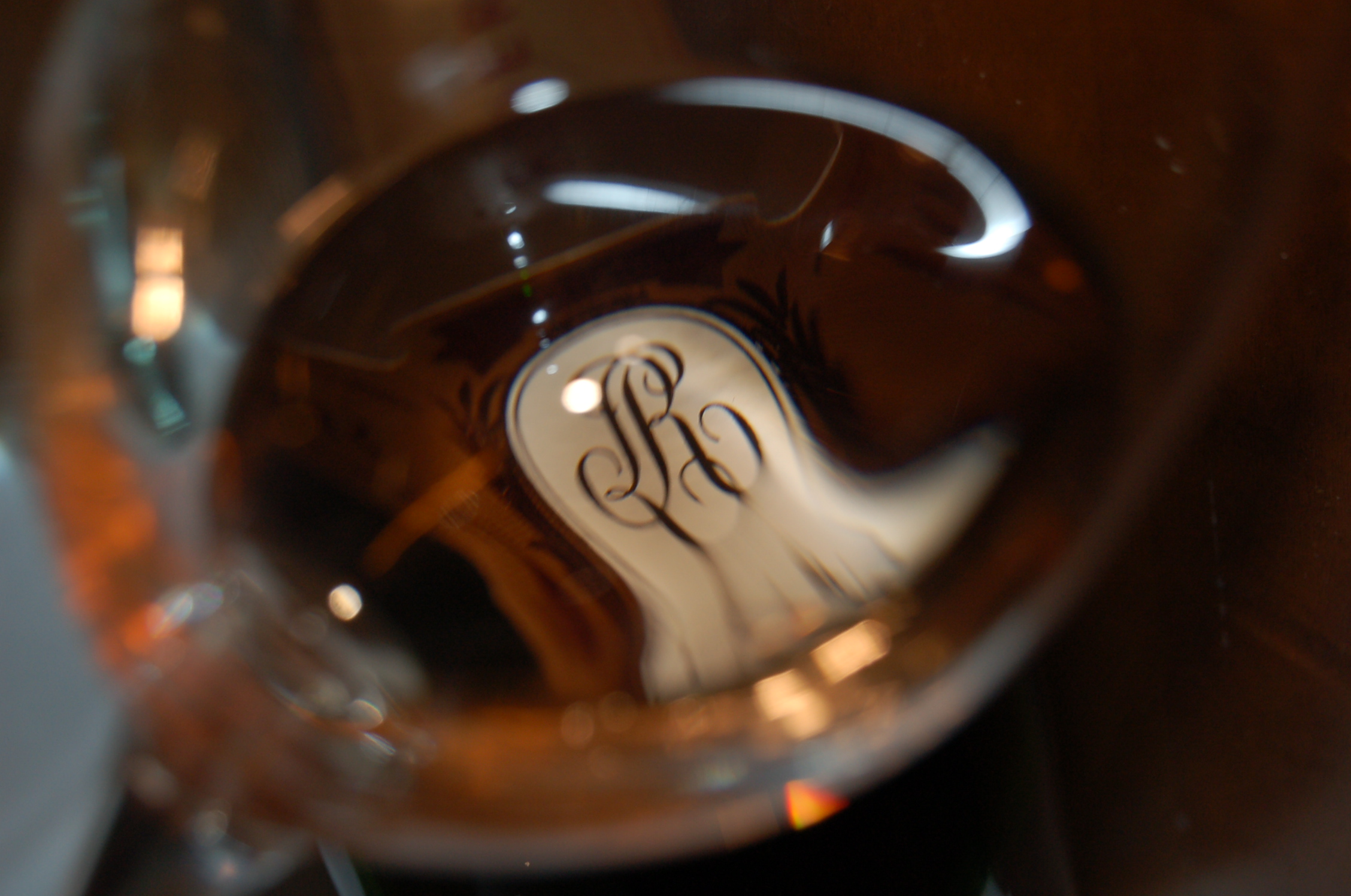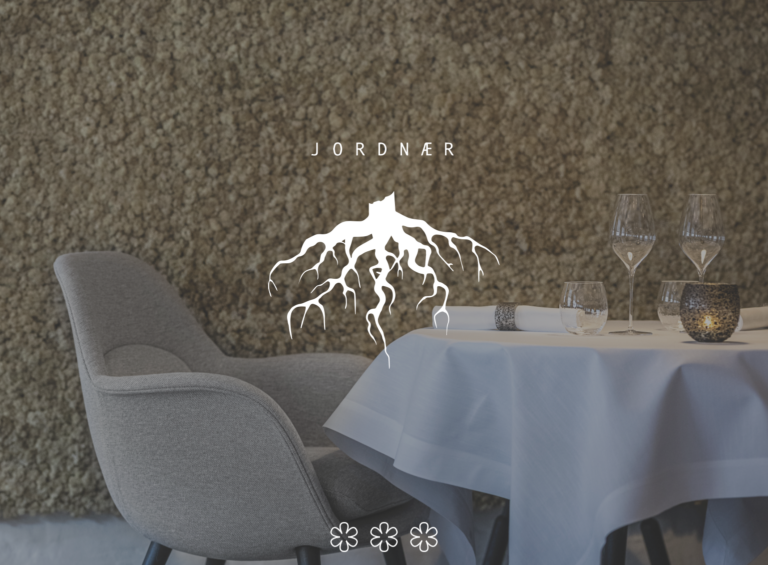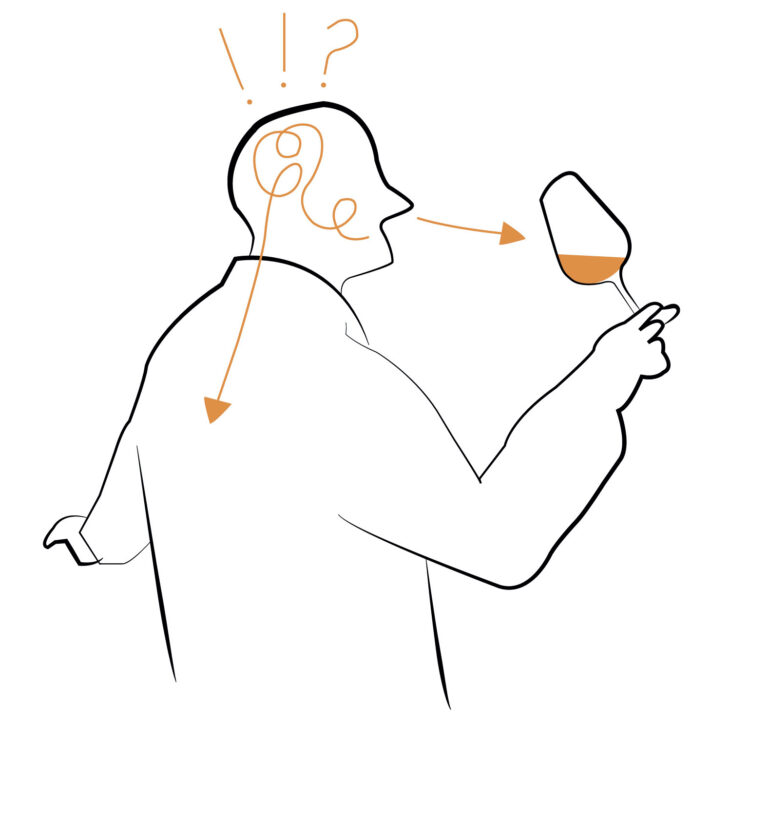During this weekends Nordic Magnum Dinner in Stockholm I brought an old time favorite:
1996 LOUIS ROEDERER ‘CRISTAL VINOTHÈQUE’ magnum | Reims | Champagne | France | Louis Roederer | 60PN 40CH | RJpoints 97(98)
TASTING NOTE ‘It is, of course, insane to drink this wine this early. I quake at the thought of how much Cristal is going to be stolen from the cradle at nightclubs and fashionable restaurants in the rich parts of the world. I was almost ashamed when I—for professional reasons, of course—popped the cork. The entire register is certainly here already, but everything is so incredibly shy and subordinate to the high acidity. Buy all you can find and leave it forgotten for the time being in some dark corner of the basement. Having said that, certain bottles are already deliciously honeyed. Very mature now in some normally stored bottles.’

RJ ON LOUIS ROEDERER Roederer did not get its present name until 1833, but was in existence as far back as 1760 under the name of Dubois Père & Fils. Louis Roederer was a hardworking man who succeeded in selling his Champagne in several important export markets. Roederer’s real ace was, as with Clicquot, the Russian market. Tsar Alexander II wanted a more impressive label to show his guests, and in 1876 he made a special order for the first transparent Cristal bottles, which at that time actually were made of genuine crystal. The wine was stunningly sweet and gave Roederer had some problems with disposal after the Russian revolution, when the firm was stuck with unpaid invoices and stores full of sweet Champagne that no one else wanted. The company recovered in the 1930s, when Camille Olry-Roederer took the helm. She invested the money earned from sales in some exceptional vineyards: in Aÿ, Hautvillers, Cumières, Louvois, Verzy, Verzenay, Vertus, Avize, Cramant, Chouilly, and Le Mesnil. Roederer also owns several well-respected vineyards in other locations: Roederer Estate, Ramos Pinto, Haut-Beauséjour and Château de Pez. Today the firm is the most financially successful in the region, thanks largely to these vineyards, which supply Roederer with some 70 percent of its grapes. The house is now run by Frédéric Rouzaud who works according to the same principles as those applied in past decades. Winemaker is the increadible Jean-Baptiste Lécaillon. All the wines ferment separately, cru by cru, in small steel vats or small barrells, while the reserve wines are stored in large oak barrels. This is said to give the company its special “vanilla touch.” I’m not alone in wondering if certain wines for the prestige variety Cristal aren’t stored in these barrels, as it is precisely in Cristal that one can sometimes discover a nutty, oily, and vanilla-tasting barrel-like character. Another explanation for this toffee-like note of maturity could be that they use a large portion of the best, older, oak-barrel-stored reserve wines in the dosage. Apart from this, up to 20 percent of the oak-aged reserve wine is used in the nonvintage Champagne Brut Premier. Roederer has no set recipe regarding malolactic fermentation the personal qualities of the wine differ from case to case. Roederer is without doubt a brilliant Champagne house with an exceptional portfolio of wines. The nonvintage Champagne is brilliant. The rosé and Blanc de Blancs offer an aristocratic elegance typical of the house, and the vintage wine is always among the best.
Subscribe for 5.9€ a month for full access to the Tasting Library, exclusive articles, videos events and more





